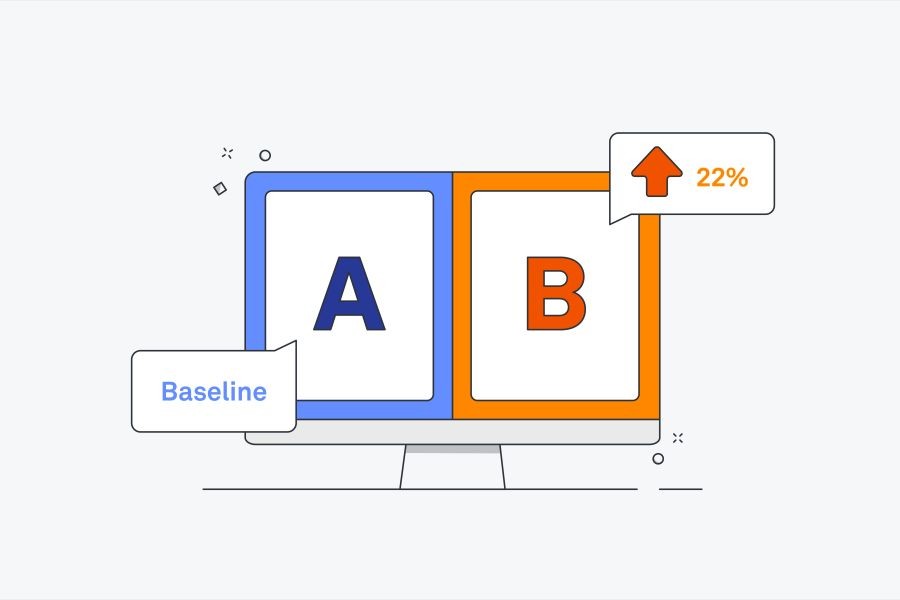Australia’s welfare system is often discussed in broad strokes, with many focusing on its foundational aspects like unemployment benefits and healthcare support. However, beneath the surface lie intricate details and lesser-known elements that make the system both unique and complex. These nuances often go unnoticed but play a significant role in shaping the country's socio-economic landscape. As we delve into these lesser-known facts, we'll uncover insights that are crucial for understanding how welfare impacts various sectors, including the carbon markets, and how it aligns with broader economic policies.
Understanding Australia’s Welfare System
Australia's welfare system is a cornerstone of its social policy, designed to provide safety nets and support for its citizens. It's a system that evolves with the changing socio-economic landscape, influenced by government policies, economic shifts, and societal needs. Here are 10 little-known facts that offer deeper insights into this intricate system:
1. The Role of Means Testing
Means testing is a critical component of Australia’s welfare system, determining eligibility for various benefits. Unlike some global counterparts, Australia heavily relies on means testing to ensure that welfare support is directed toward those who need it most. This approach is particularly relevant in the context of Australia's economic policies aimed at reducing public expenditure while maintaining social support.
2. The Impact of Welfare on the Carbon Market
While welfare and carbon markets may seem unrelated, they intersect in unexpected ways. For instance, welfare policies influence consumer behavior, which in turn affects energy consumption patterns and carbon emissions. According to the Australian Bureau of Statistics (ABS), welfare recipients are often more affected by energy price fluctuations, prompting shifts in energy use that can impact carbon market dynamics.
3. Integration with Employment Services
Australia’s welfare system is intricately linked with employment services, offering programs like JobActive, which aims to connect job seekers with employment opportunities. This integration ensures that welfare recipients are supported not just financially but also in finding sustainable employment, thus contributing to the broader economic framework.
4. Welfare and Indigenous Communities
Indigenous Australians face unique challenges within the welfare system. Tailored programs exist to address these, focusing on community-led initiatives and culturally appropriate support. These programs reflect a broader commitment to closing the gap in socio-economic outcomes between Indigenous and non-Indigenous Australians.
5. The Role of the National Disability Insurance Scheme (NDIS)
The NDIS is a pivotal part of Australia's welfare landscape, providing support to people with disabilities. Its implementation has reshaped how disability support is funded and accessed, emphasizing personalized support plans and participant choice. This approach aligns with global trends towards more individualized welfare support models.
6. Welfare Fraud Prevention Measures
Australia employs advanced data matching and analytics to prevent welfare fraud, ensuring that funds are allocated appropriately. The Australian Taxation Office (ATO) plays a significant role in this, using data to cross-verify income declarations and eligibility, thereby safeguarding the integrity of the welfare system.
7. Welfare Support for Refugees
Refugees in Australia receive tailored welfare support aimed at facilitating their integration into society. This includes language training, employment assistance, and cultural orientation programs, reflecting Australia’s commitment to humanitarian support and social cohesion.
8. The Economic Impact of Welfare Spending
Welfare spending is a significant component of Australia’s economy. According to Treasury AU, welfare expenditure accounted for approximately 35% of federal government spending in recent years. This investment not only supports individuals but also stimulates economic activity by increasing consumer spending.
9. The Shift Towards Digital Welfare Services
The digitization of welfare services has been a major focus for the Australian government, aiming to improve accessibility and efficiency. Digital platforms now allow recipients to manage their benefits online, providing a more streamlined and responsive service model that reflects broader trends in e-governance.
10. The Influence of Welfare Policies on Migration
Welfare policies can influence migration patterns, both domestically and internationally. Australia's robust welfare system is a factor considered by many when deciding to migrate, contributing to the country’s diverse demographic landscape.
Case Study: The Impact of Welfare on Energy Consumption
In Western Australia, a study explored how welfare recipients adapted to rising energy costs. The findings revealed that households receiving welfare benefits were more likely to implement energy-saving measures, such as using energy-efficient appliances and participating in solar panel programs. This adjustment not only reduced their energy bills but also contributed to lower carbon emissions. It highlights the interconnectedness of welfare policies and environmental outcomes, underscoring the potential for welfare systems to support sustainability goals.
Pros and Cons of Australia’s Welfare System
Pros:
- Targeted Support: Means testing ensures that benefits reach those in genuine need, maximizing the effectiveness of welfare spending.
- Comprehensive Coverage: The system covers a wide range of needs, from unemployment to disability support, reflecting a holistic approach.
- Stimulates Economy: Welfare payments contribute to consumer spending, supporting economic stability and growth.
Cons:
- Complexity: The system’s complexity can lead to confusion and delays in accessing benefits.
- Dependency Risks: There are concerns about welfare creating dependency rather than encouraging self-sufficiency.
- Fraud Prevention Challenges: Despite measures, welfare fraud remains a challenge, impacting resource allocation.
Future Trends and Predictions
As Australia navigates its socio-economic landscape, several trends are likely to shape the future of its welfare system:
- Increased Digitization: The move towards digital platforms will continue, enhancing accessibility and efficiency.
- Focus on Sustainability: Welfare policies will increasingly intersect with environmental goals, supporting sustainable practices.
- Policy Reforms: Ongoing reforms will aim to streamline processes and reduce complexities, making the system more user-friendly.
Conclusion
Australia’s welfare system is a dynamic entity, intricately linked with the country's economic and environmental policies. Understanding its complexities reveals the broader impact of welfare on society, from influencing consumer behavior to supporting economic stability. As we look to the future, the integration of welfare with digital platforms and sustainability initiatives will play a crucial role in shaping a more equitable and resilient Australia.
What’s your take on Australia’s welfare system? Share your thoughts below!
People Also Ask
- How does welfare impact businesses in Australia? Welfare spending increases consumer purchasing power, positively impacting retail and service sectors by boosting demand.
- What are the biggest misconceptions about Australia’s welfare system? A common myth is that welfare leads to dependency; however, programs like JobActive emphasize employment assistance.
- What upcoming changes in Australia could affect the welfare system? With increased digitization, future welfare policies will focus on efficiency and accessibility through digital platforms.
Related Search Queries
- Australia welfare system overview
- Welfare means testing in Australia
- Impact of welfare on Australian economy
- Australia’s welfare fraud prevention measures
- Future of welfare in Australia
- Welfare support for Indigenous Australians
- Economic impact of welfare spending in Australia
- Digital transformation of welfare services
- Australia’s National Disability Insurance Scheme (NDIS)
- Welfare policies and migration patterns in Australia































